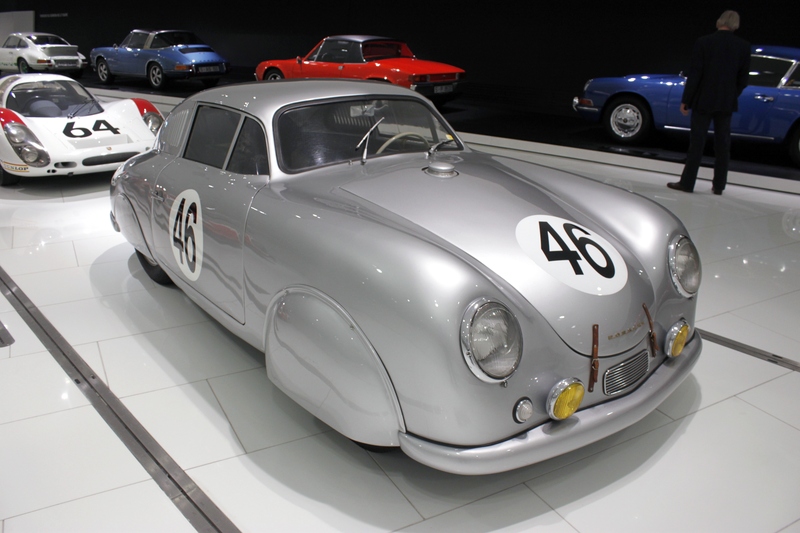When I traveled to Stuttgart for a business trip, I had only one free afternoon. Instead of spending it in a café or walking around the city center, I decided to visit a place that is special for anyone who loves cars: the Porsche Museum. This visit turned out to be more than just looking at shiny vehicles; it was like stepping into the story of innovation, speed, and passion.
Ferdinand Porsche: A Brief Biography
Ferdinand Porsche (1875–1951) was a German-Czech automotive engineer and founder of the Porsche AG. From a young age, he showed exceptional talent in mechanical design, building his first electric vehicle at just 23.
In 1898, while working for Jacob Lohner & Co., he developed the Lohner–Porsche electric vehicle, featuring pioneering wheel-hub motors. He later worked on iconic designs such as the Volkswagen Beetle, a car that became one of the most produced vehicles in history.
Porsche founded Dr. Ing. h.c. F. Porsche GmbH in 1931, focusing on automotive consulting and development. His legacy lies in combining engineering innovation with practical design, influencing sports cars, race cars, and even electric mobility for over a century.
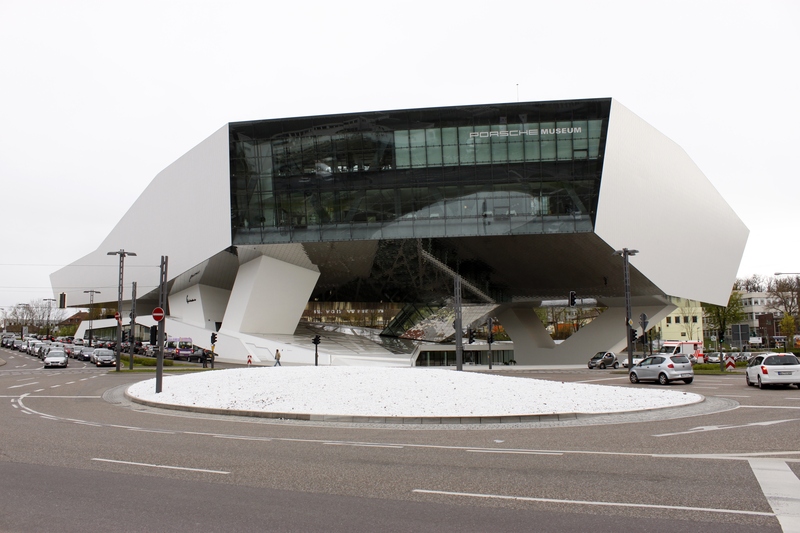
Getting to the Museum
The Porsche Museum is located in Zuffenhausen, the birthplace of Porsche cars. It is easy to reach from Stuttgart city center — just take the S-Bahn train to “Neuwirtshaus (Porscheplatz).” From there, it is only a short walk. Tickets are quite affordable, usually around 12 euros (data from 2025), and there are discounts for students, children, and groups. If you’re in Stuttgart on business or leisure, you don’t need a whole day — two or three hours are enough to explore.
Opening hours: usually from 9 AM to 6 PM, closed on Mondays.
First Impressions
The building itself is modern and futuristic, with huge white surfaces and sharp lines. Inside, the cars seem to float in a sea of light. The architecture prepares you for what you are about to see: history and future of Porsche in one place.
Highlights from the Exposition
The Electrical Wheel Motor
In 1898, at just 23 years old, Ferdinand Porsche was employed by the Vienna-based company Jacob Lohner & Co. He developed an innovative electric vehicle – Egger–Lohner, powered by a wheel-hub motor. This design integrated the electric motor directly into the wheel hubs, eliminating the need for a central drivetrain and reducing mechanical losses. Each of the two front-wheel hub motors produced 2.5 horsepower, allowing the vehicle to reach a top speed of 32 km/h (20 mph). The vehicle had a range of approximately 50 kilometers (31 miles) on a single charge.
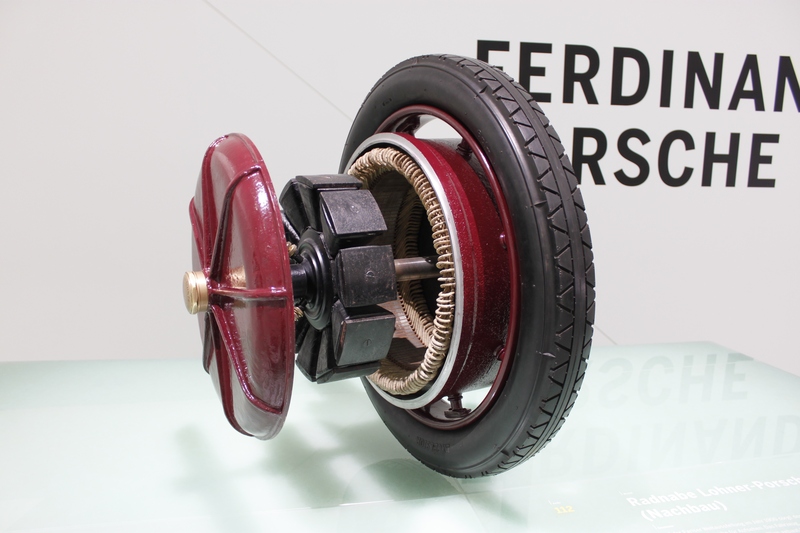
Historic Bricks from Porsche Headquarters
One small but meaningful detail at the Porsche Museum is the display of original bricks from Porsche’s headquarters building in Stuttgart-Zuffenhausen. These bricks are not just construction material; they are witnesses to the history of the brand. From this site, some of the most iconic Porsche models were designed and built.
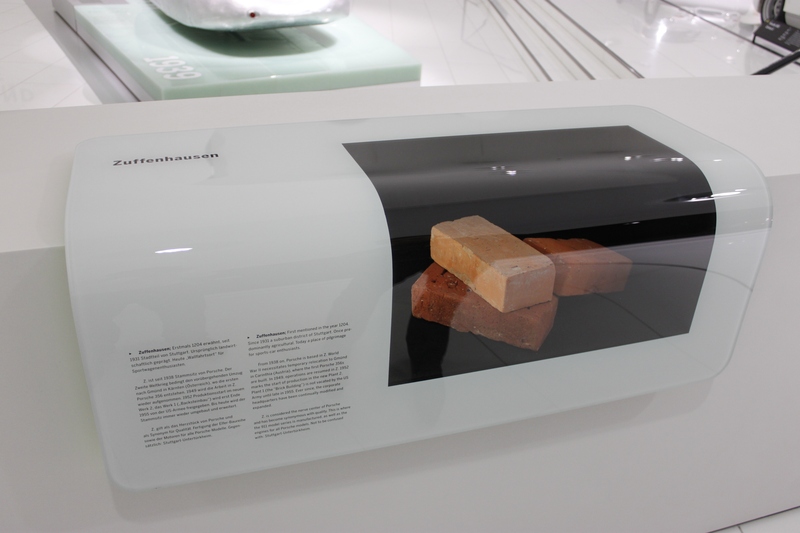
Porsche in Uniform
Not all Porsches were made only for racing or private driving. At the museum, I found unique versions: a Fire command vehicle painted bright red, and a Police Car Porsche used for chasing criminals on the Autobahn. It was strange but exciting to see these beautiful cars in service uniforms.
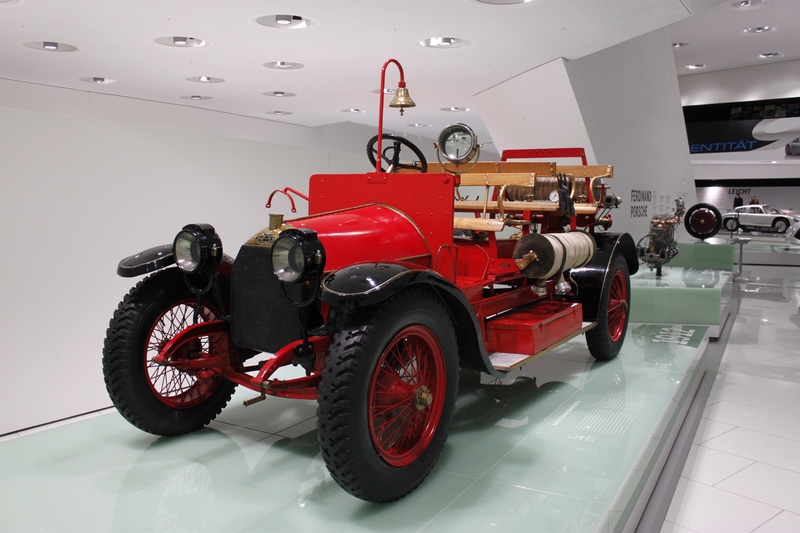
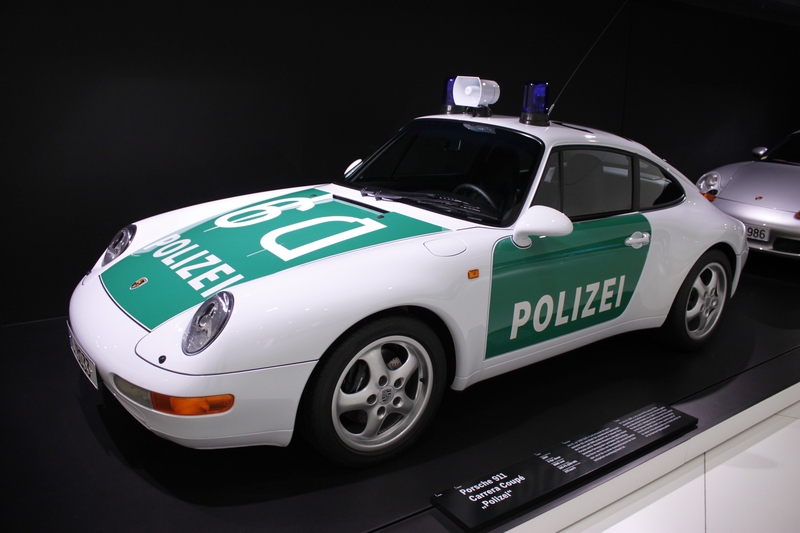
Sliced Cars – Art and Engineering
One of the most artistic displays were the sliced cars. These cut-through models show the hidden beauty of engineering — every cable, every engine part, every seat frame. It is like looking inside the body of a living creature.
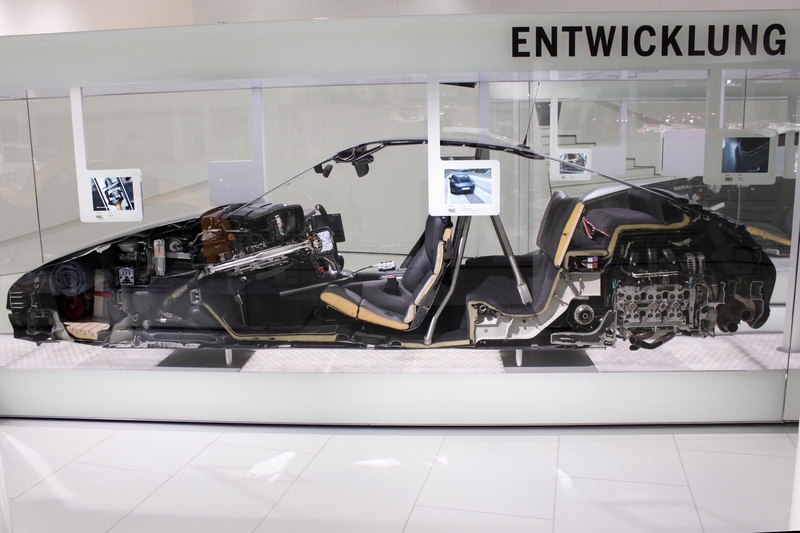
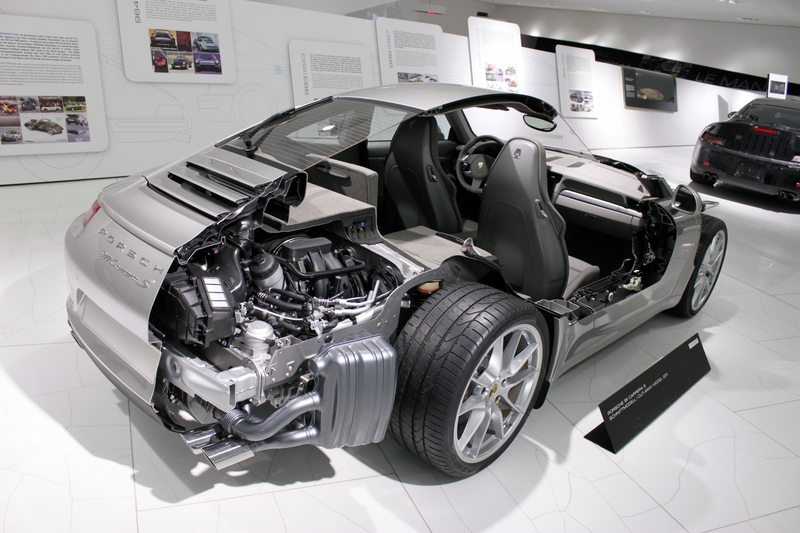
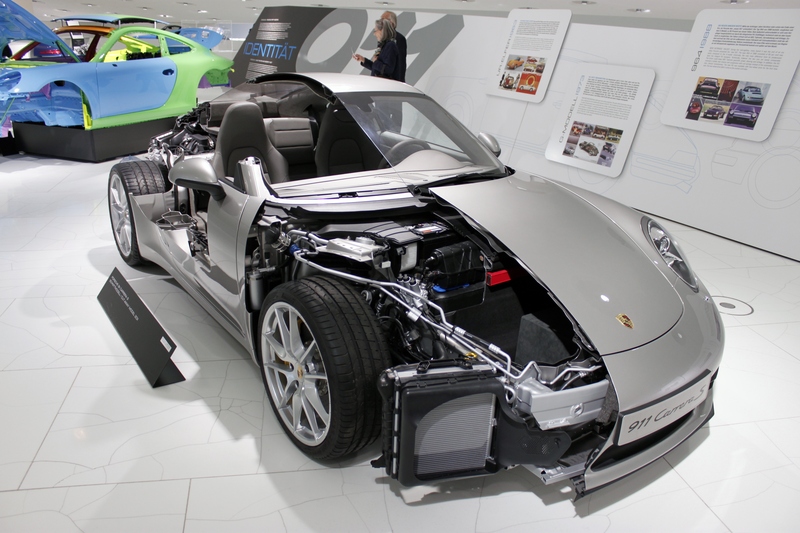
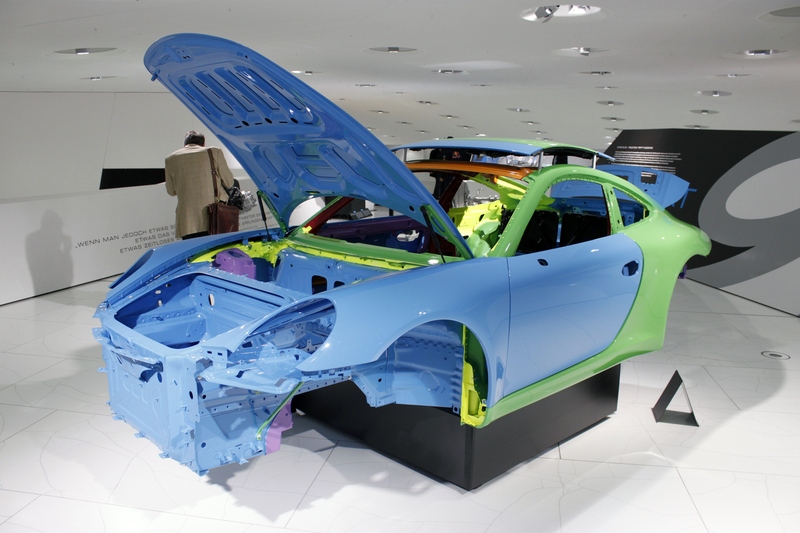
The Harley-Davidson V-Rod: A Collaboration with Porsche
In the late 1990s, Harley-Davidson sought to modernize its image and performance capabilities. To achieve this, they partnered with Porsche to develop the V-Rod, marking a significant departure from Harley’s traditional V-twin engines. The V-Rod featured a Revolution engine, a liquid-cooled, 60-degree V-twin, which was the first water-cooled engine in Harley-Davidson’s history. This collaboration brought Porsche’s engineering expertise into the motorcycle realm, resulting in a high-performance cruiser that retained Harley’s iconic styling.
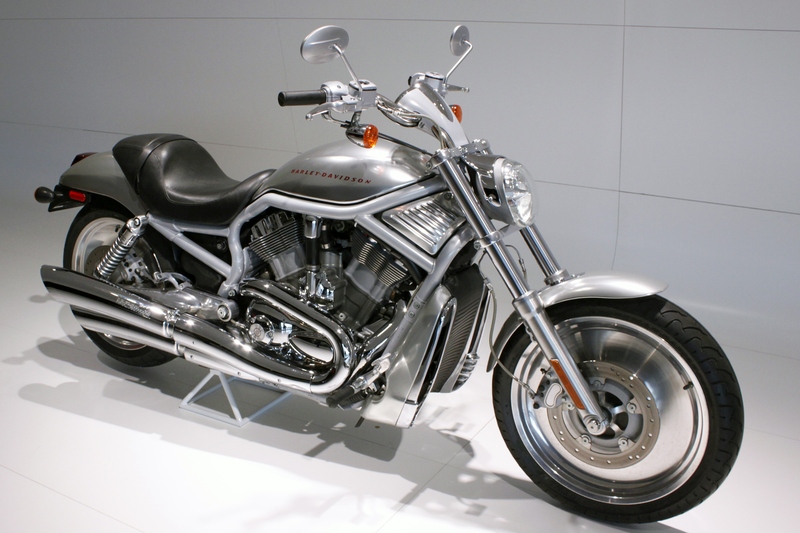
Porsche Type 597 Jagdwagen: A Brief Overview
The Porsche Type 597 Jagdwagen (translated as “hunting car”) was conceived as a versatile off-road vehicle, akin to the American Jeep or the German Volkswagen Kübelwagen. Developed in the early 1950s, it was designed to meet military and civilian needs for a lightweight, all-terrain vehicle.
Despite its promising design, the Porsche Type 597 Jagdwagen did not enter mass production. Only a limited number were built, primarily for military trials and some civilian use. Today, it remains a rare and intriguing example of Porsche’s engineering versatility during the post-war era.
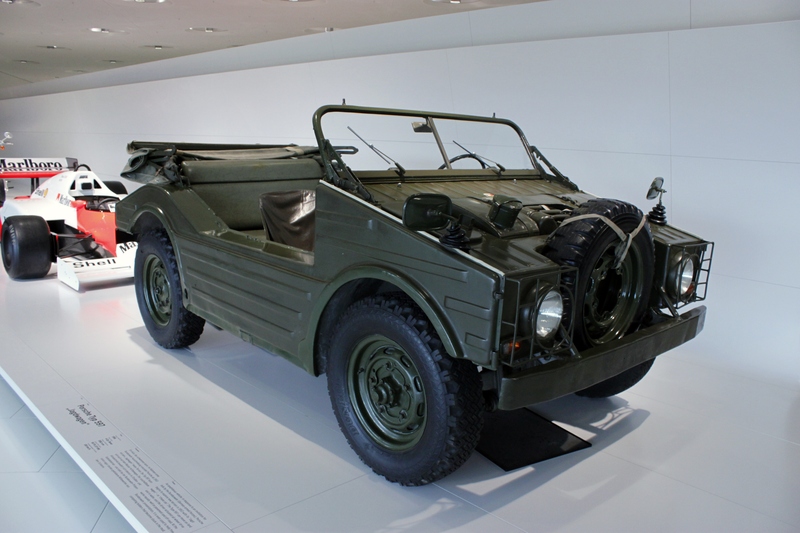
Cups, Trophies and Victories
A wall full of cups and trophies celebrates Porsche’s victories in races all over the world. The brand is not just about design — it is about proving itself on tracks, in endurance challenges, and in competitions that push cars to their limits.
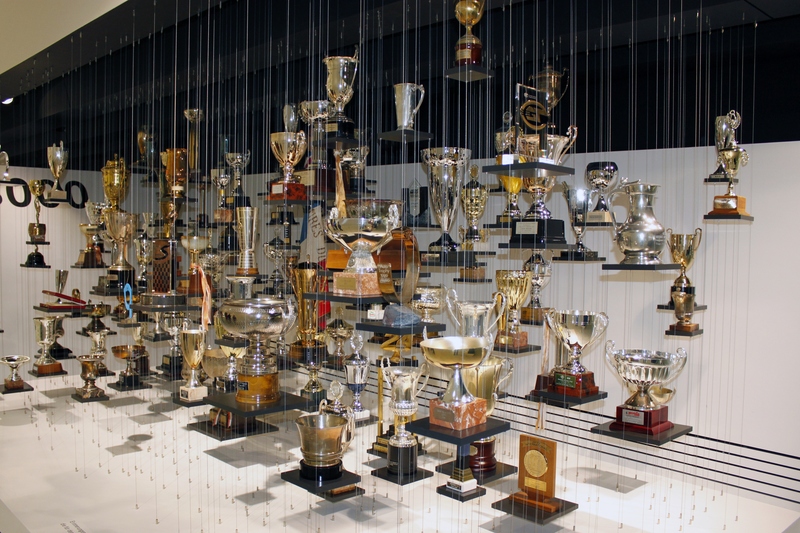
A Garlic Press?
And then came the surprise that made me smile: a garlic press designed by Porsche Design. It is small, silver, and elegant. This shows how Porsche’s creativity is not only about vehicles — it can also be part of everyday life.
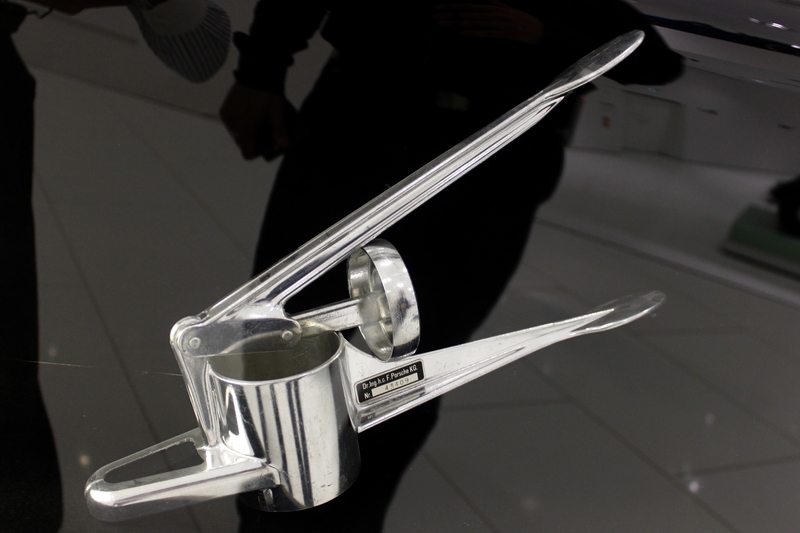
The Iconic 911 and Its Cooling Tail
Of course, the museum would not be complete without the legendary Porsche 911. I loved learning about the cooling system, a detail that makes this car unique. For Porsche fans, the 911 is more than a car; it is a symbol of timeless style and performance.
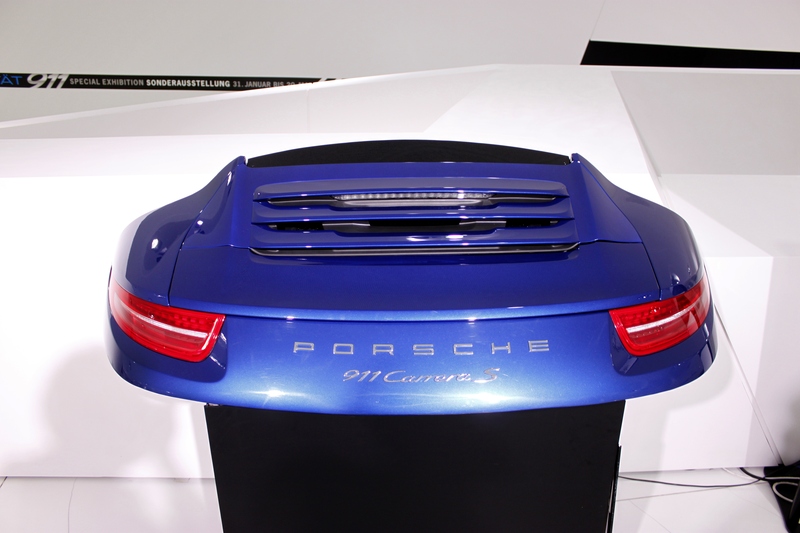
Yellow Kids Sled Porsche 918 Spyder
A fun and unexpected exhibit at the museum is the yellow Porsche 918 Spyder snow sled designed for children. The sled perfectly mimics the iconic design of the 918 Spyder sports car. It highlights Porsche’s attention to detail and creativity, showing how the brand’s style extends even to playful, miniature versions for kids.This exhibit demonstrates how the museum balances serious engineering history with interactive experiences for all ages.
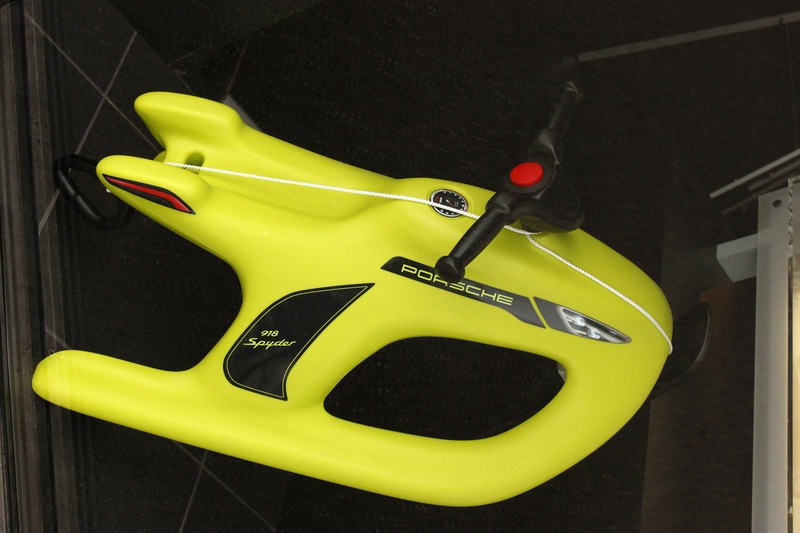
Porsche in Pop Culture: Need for Speed Memories
For many people of my generation, the first encounter with Porsche was not on the road but on a computer screen. I spent countless hours playing Need for Speed: Porsche Unleashed, a video game that allowed players to drive Porsche models through different eras. Seeing the real cars at the museum — from the early 356 to the legendary 911 — felt like stepping into the game, only this time the cars were in front of me, full of history and engineering details. It was a nostalgic connection between digital fun and real-life automotive heritage.
Practical Tips for Visitors
- Timing: Weekdays are less crowded, but weekends sometimes have guided tours in English.
- Food: Inside the museum there is a café and a fine restaurant. If you prefer something local, try a bakery nearby for fresh pretzels or a traditional Swabian dish.
- Souvenirs: The museum shop is perfect for gifts, from mini car models to Porsche Design items (even kitchen tools!).
- Hidden Gem: Don’t skip the underground level, where you can see the workshop. Sometimes, you can watch mechanics working on real historic cars.
A Place of History and Passion
The Porsche Museum is not just for car lovers. It is a story about human creativity, persistence, and dreams on wheels. From the first electric motors to the world-famous 911, every exhibit whispers about the desire to go faster, further, and better.
Visiting here during my short business trip gave me inspiration: even with little time, you can discover something powerful and unforgettable.
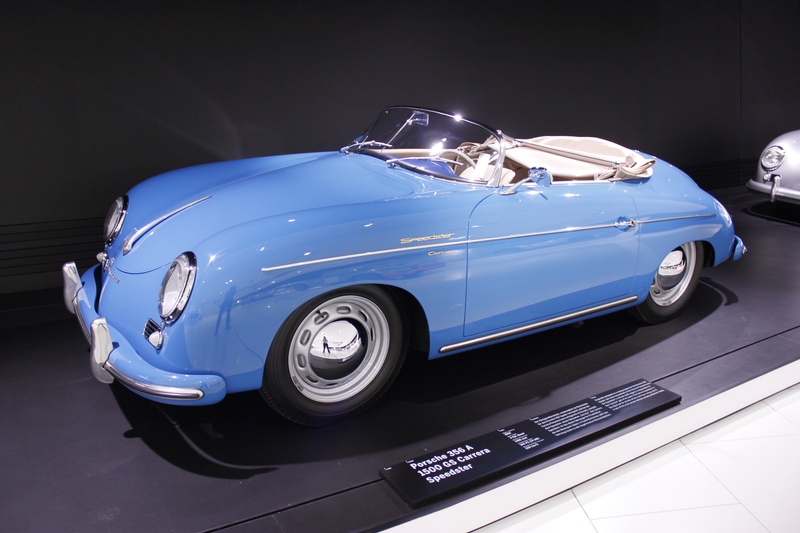
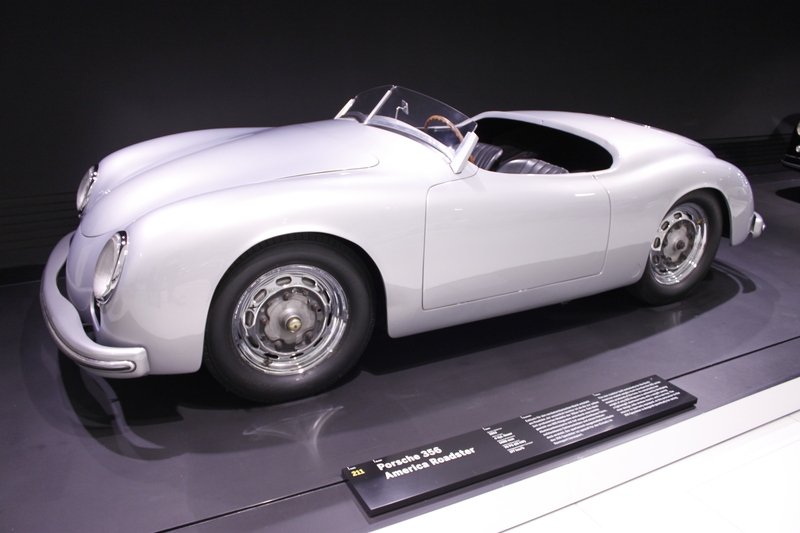
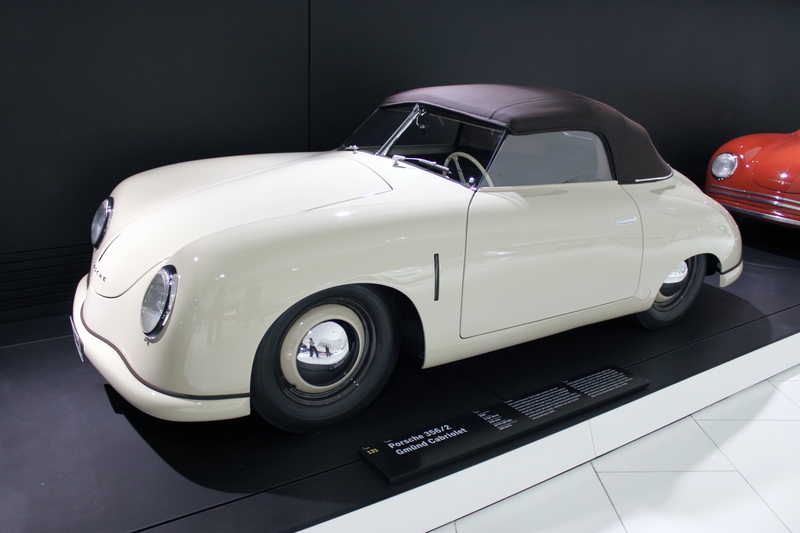
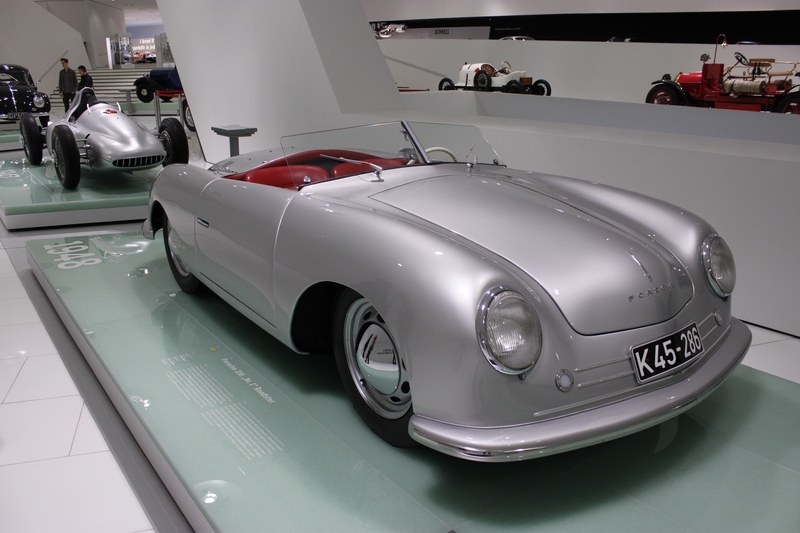
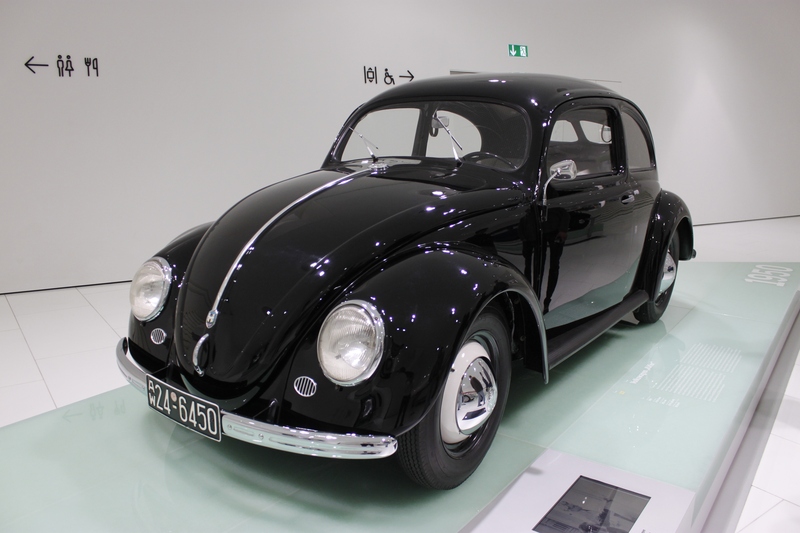
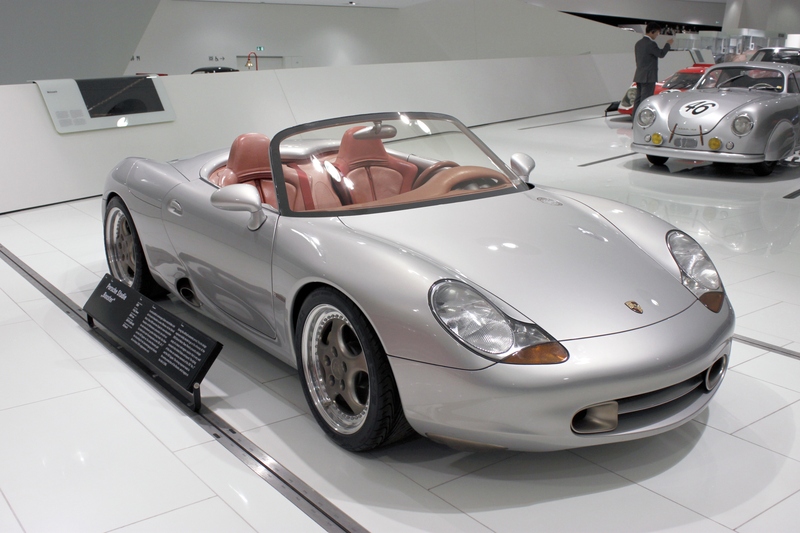
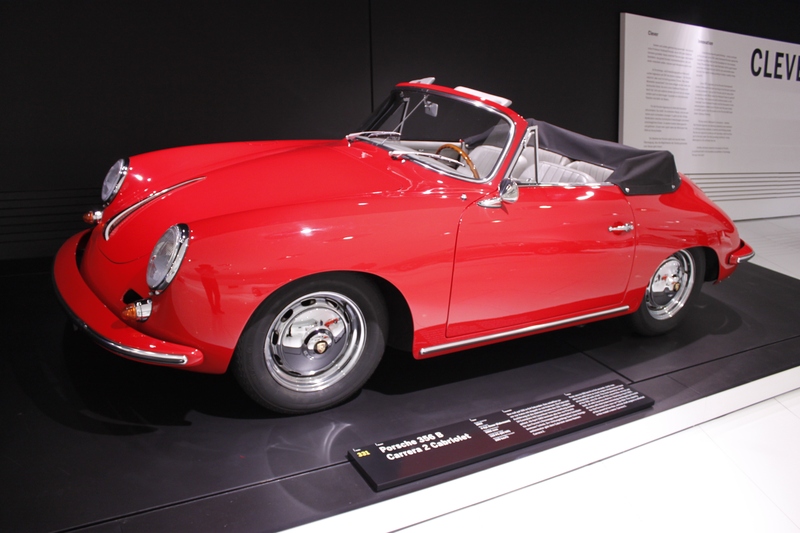
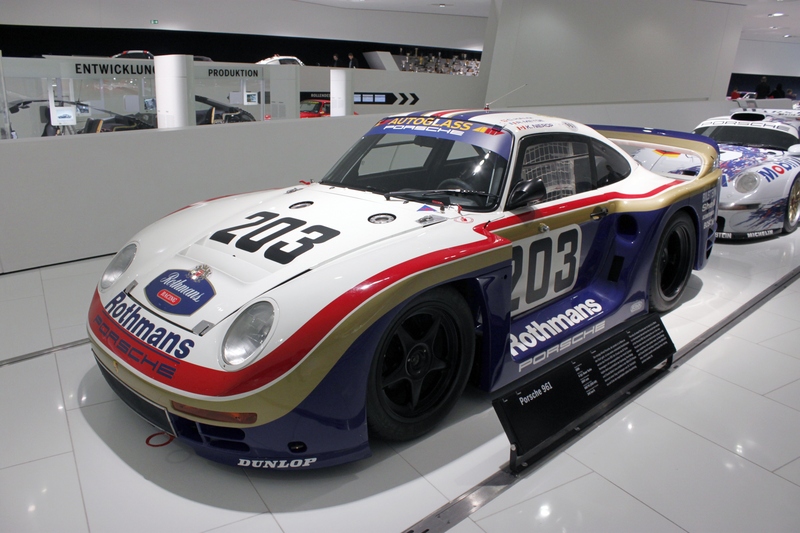
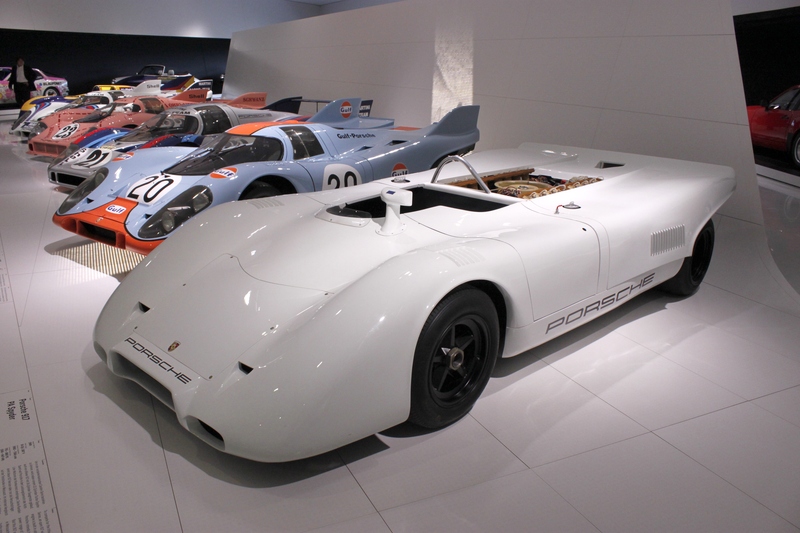
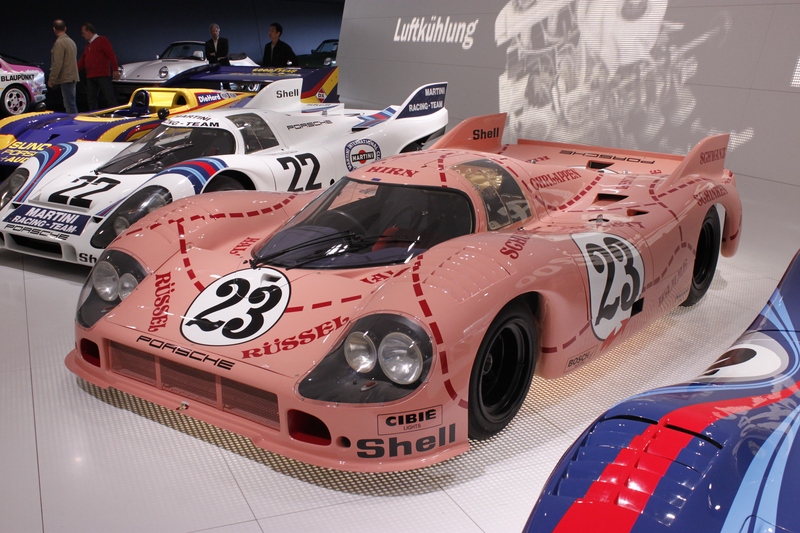
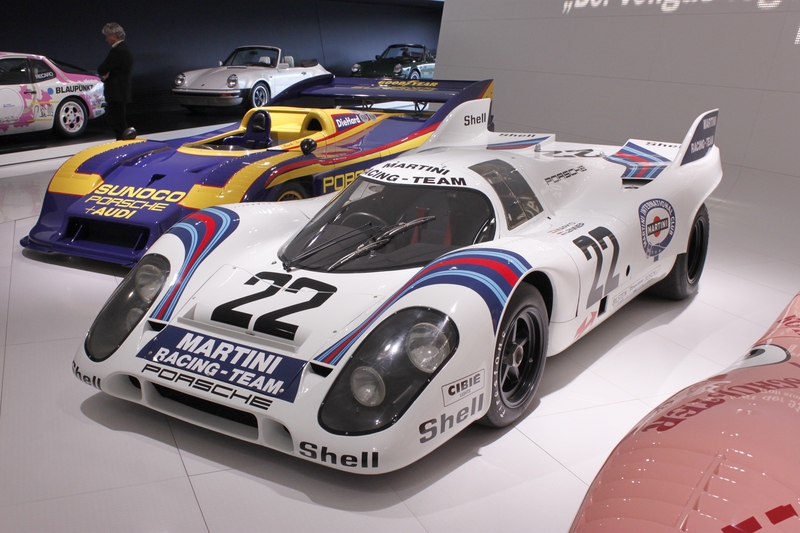
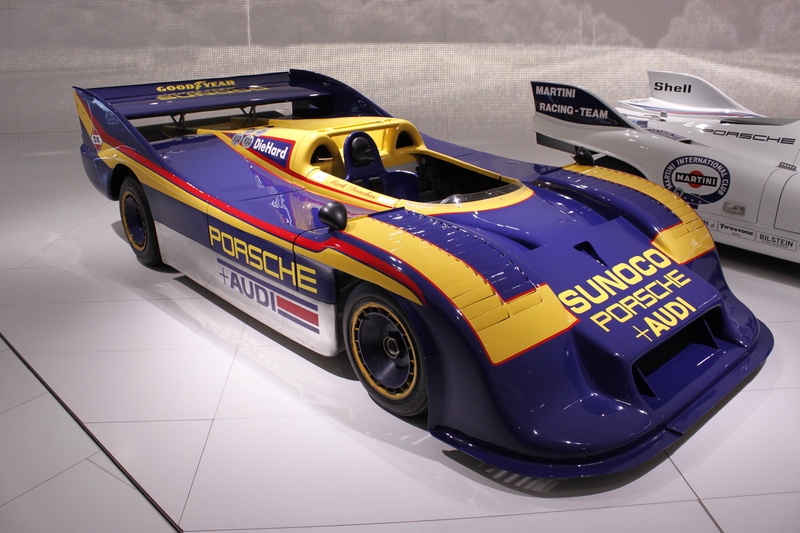
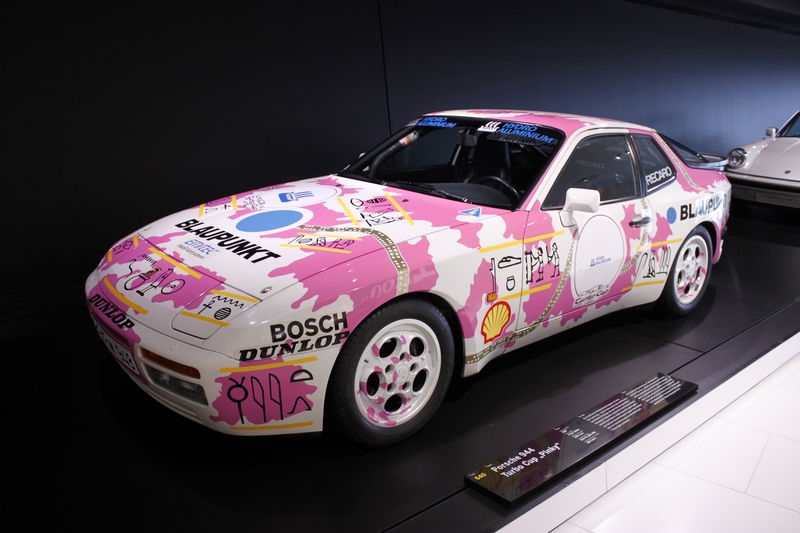
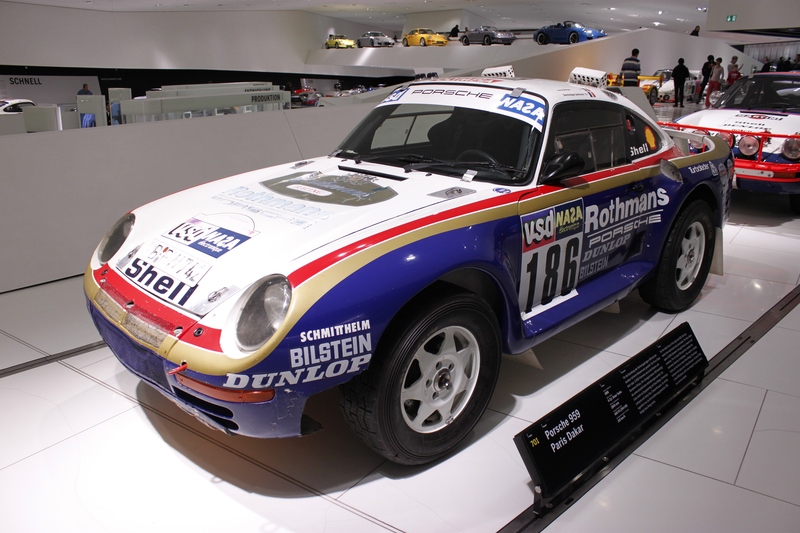
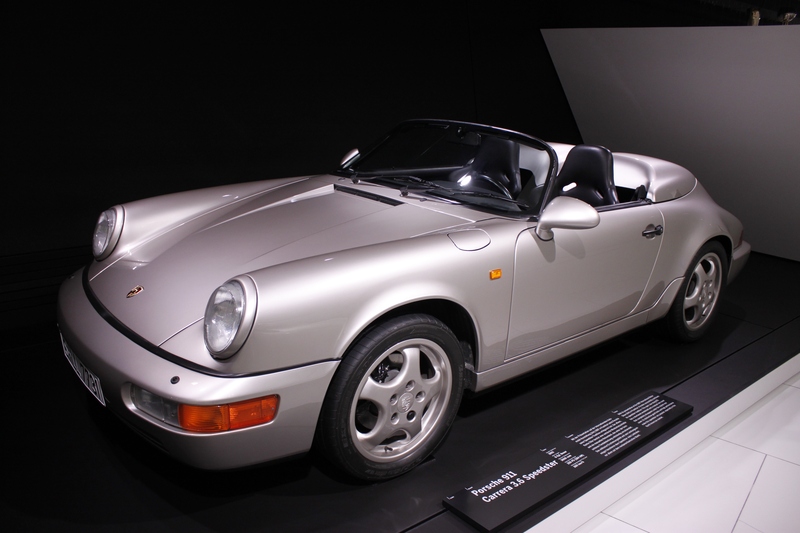
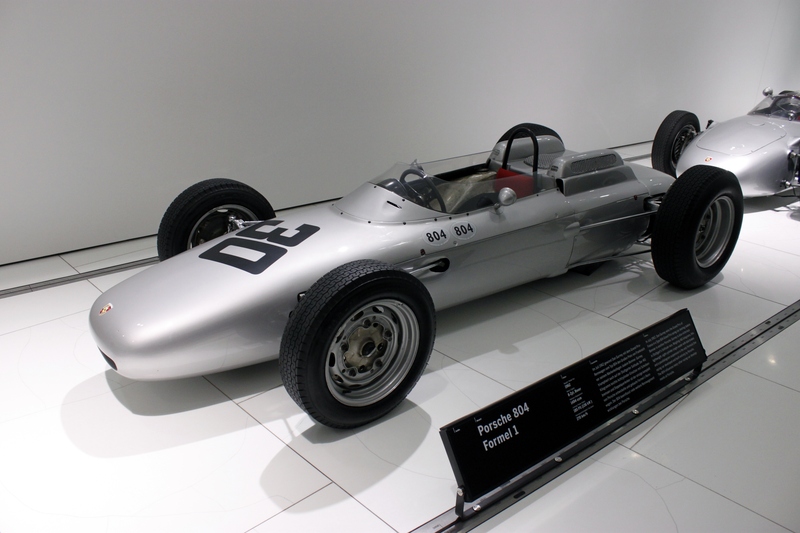
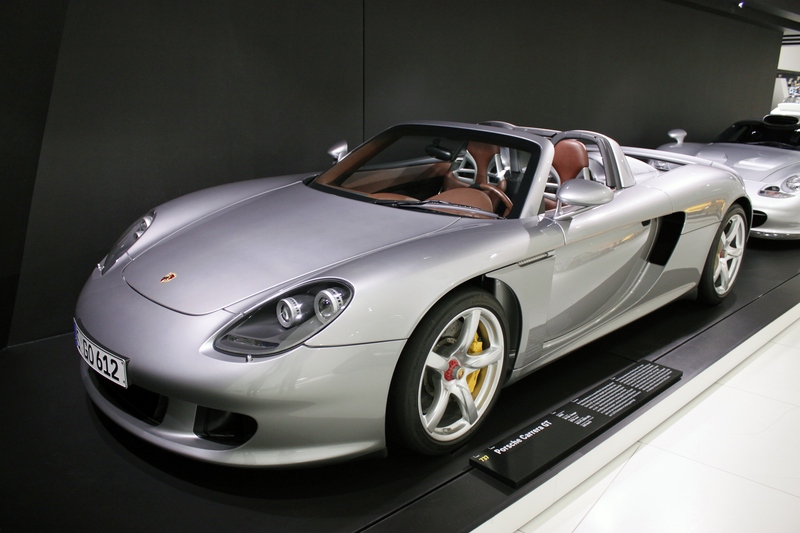
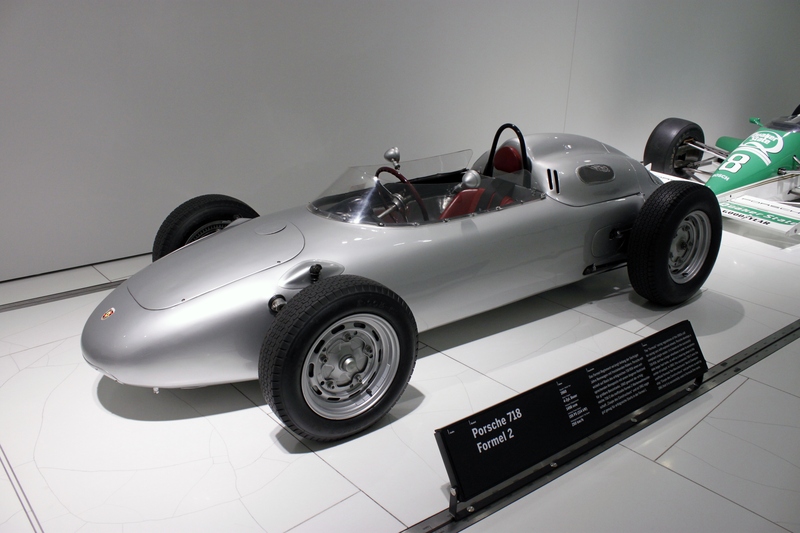
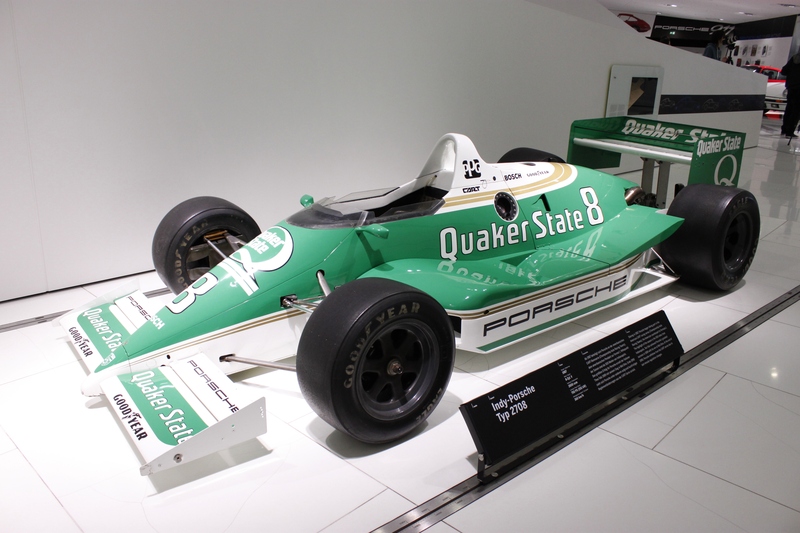
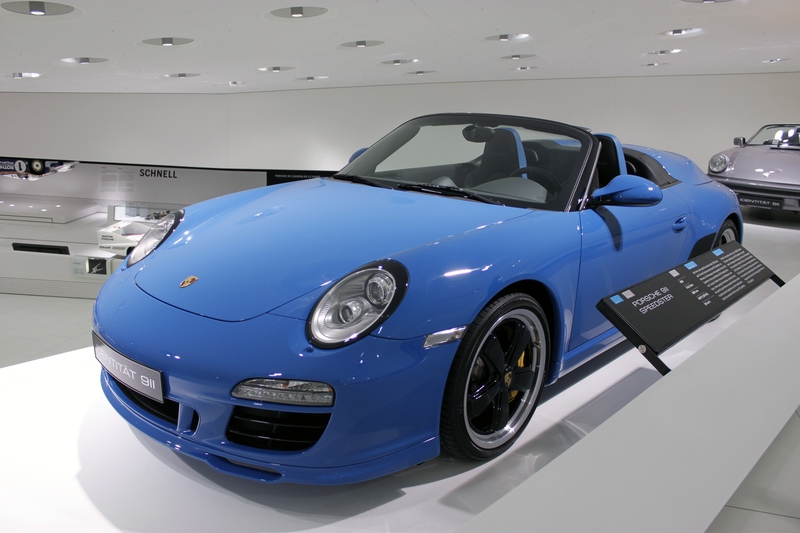
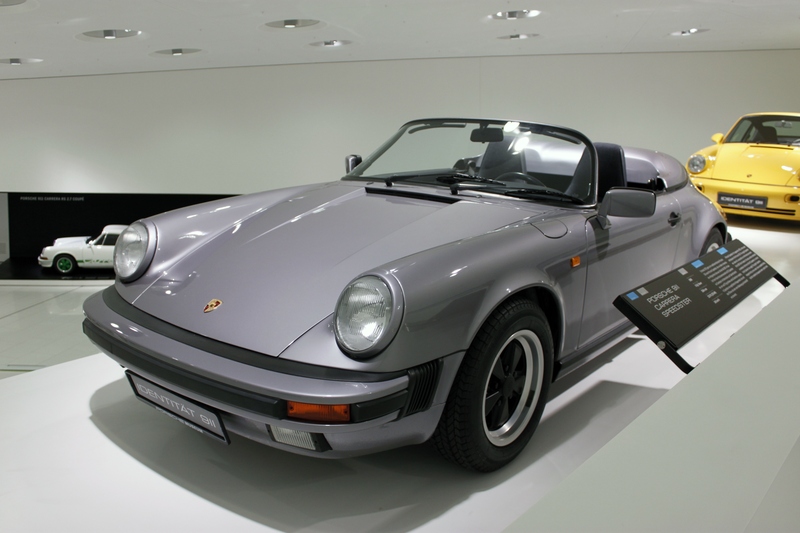
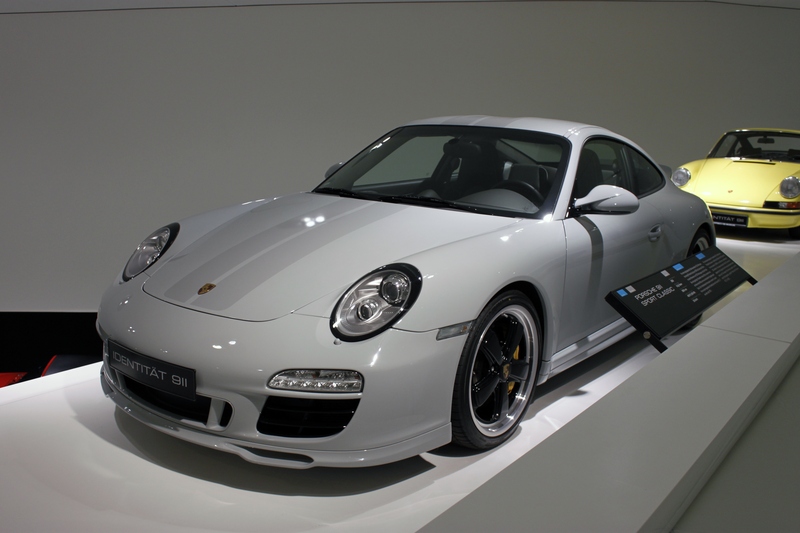
May your journeys be bold, your memories endless!


